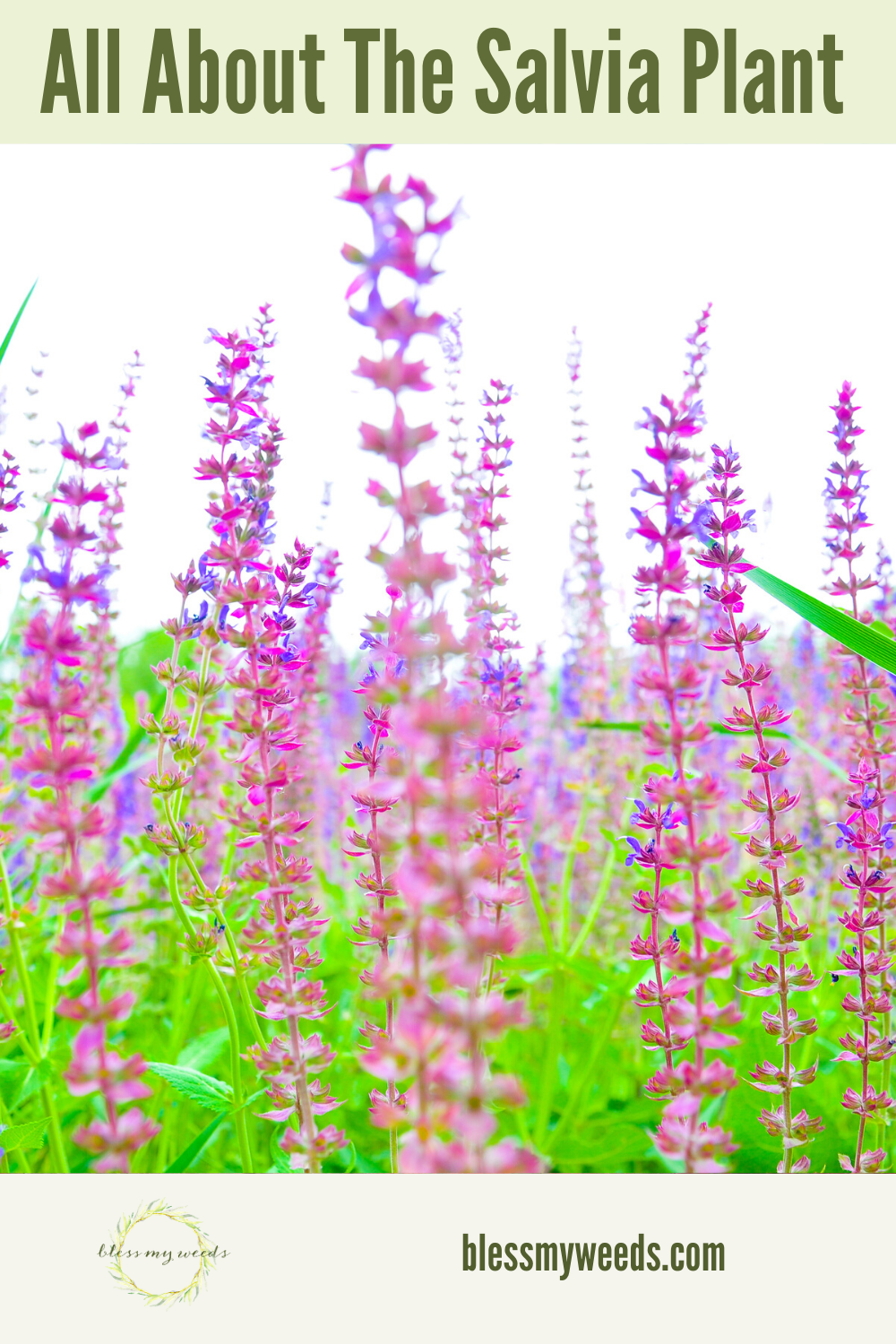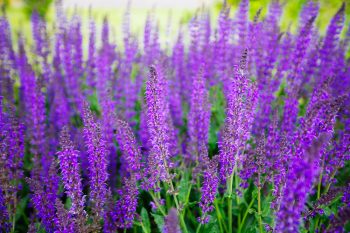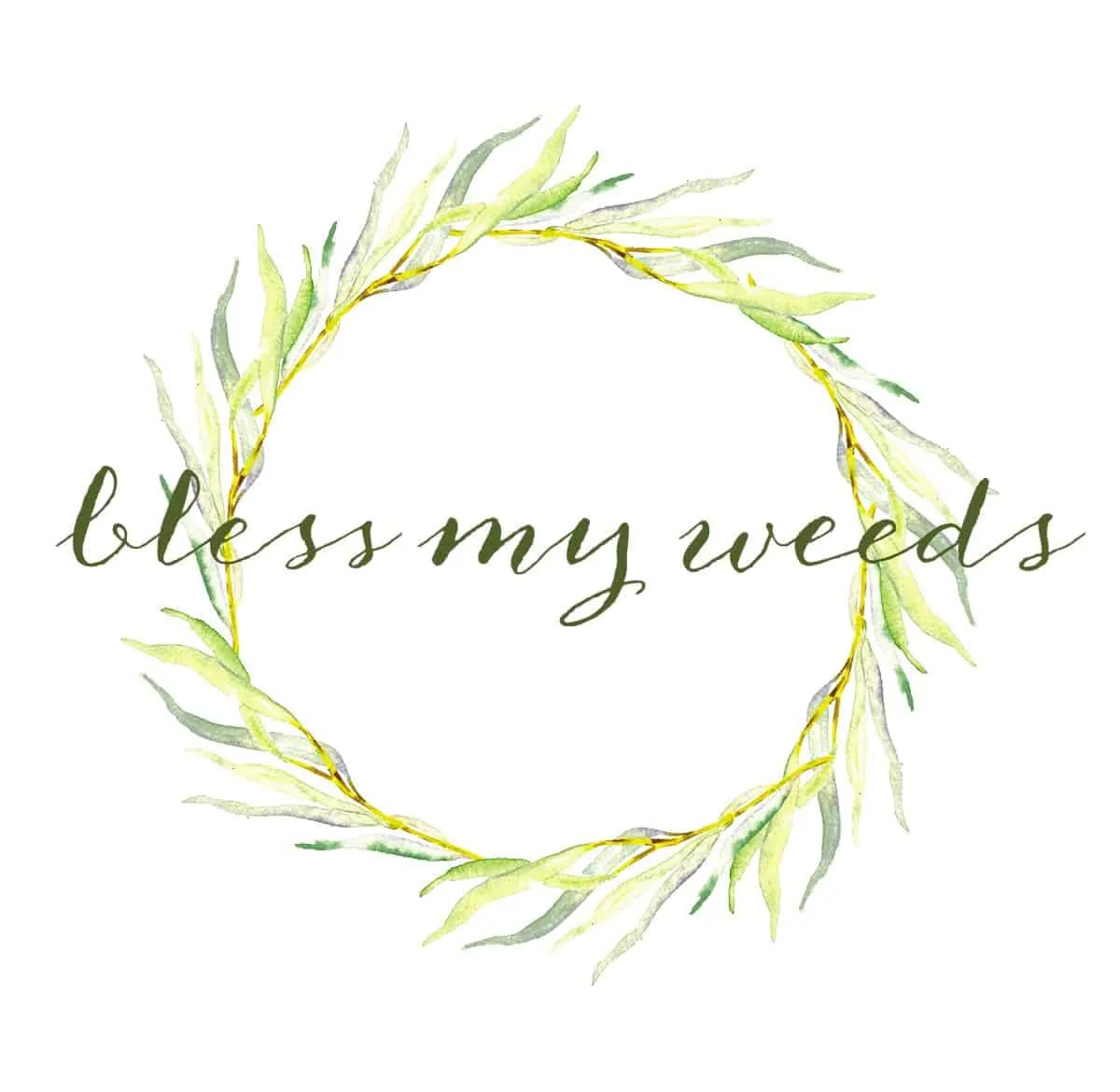Salvia is both a perennial and annual. This article provides tips and tricks on how to care for your Salvia plant. Learn about plant needs such and sun and water.

Plant Care Basics:
Salvia come in several varieties, including annuals and perennials. It’s best to plant it in the spring. Space the plants at least a foot apart, depending on the variety. Soil that is loose down to 12-15″ is the best. Dig a hole that is twice the diameter of the pot it came with. Then add 2-4″ of compost and be sure to water thoroughly after you plant. One of the best things about Salvia plants is that they attract hummingbirds!

Growing Zone Recommendations:
Salvia grow well in zones 8-10. For colder climates, try planting salvia in containers and keep them protected during the winter.
Sunlight Needs:
Salvia prefers full sun and well-drained soil.
Watering Needs:
Salvia need about one inch of water per week, so plan to water them if your area doesn’t get that much rain. Cover the soil with a 2-inch layer of mulch every spring to help conserve the moisture in the soil.
Average Size:
Salvia will grow anywhere from 18″ to 5 feet in height, depending on the variety.
Color:
The color of the flowers include purple, blue, red, pink and white.
Must-Know Plant Care Tips:
Compost and mulch are good for the plants, so be sure to add a layer every spring. Salvia do well in hot, dry climates, and are also some of the easiest garden flowers to grow and maintain. Once the flowers are done blooming, cut down the plants and you will get a second bloom in the fall {depending on the variety}. After the first frost, cut back your plant to about 2 inches above the soil. This plant should be divided every 3 or 4 years.
Plant Problem Solver:
These plants become woody and unless they are pruned each fall, they will not do repeat blooms during the season. The easiest way to prune the plant is to simply cut the foliage almost to the ground after flowering. You should do this at least once a year. Every spring, be sure to remove any part of the plant which died over the winter.
Pretty Pairings:
These plants do well in cut flower arrangements. Try pairing blue this with white daisies. Make sure you know when to prune your plants!

Leave a Reply